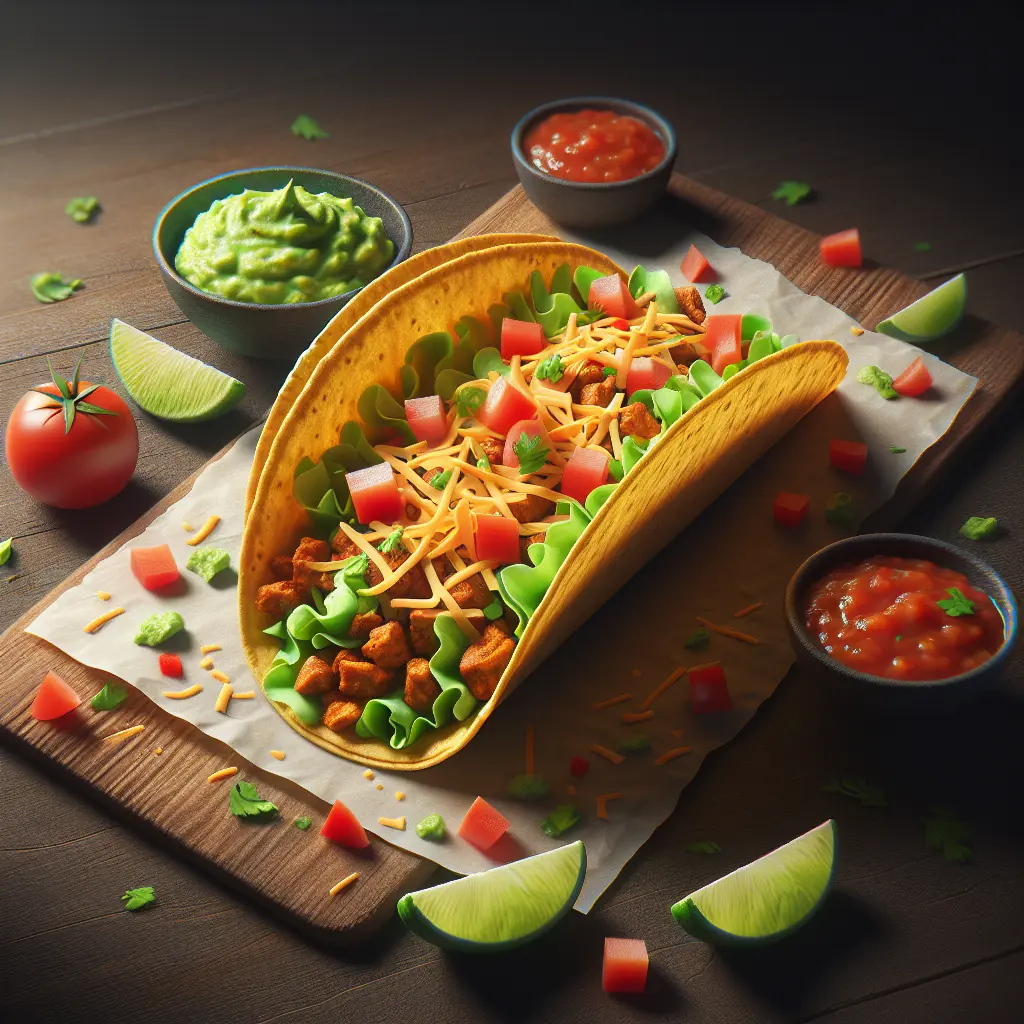Tacos: A Culinary Symphony of Flavors
Tacos, a cherished staple of Mexican cuisine, have transcended borders and become a global culinary phenomenon. These versatile street food delicacies, with their vibrant colors and tantalizing aromas, have captivated taste buds worldwide. Tacos have evolved from humble origins to become a symbol of Mexican culinary heritage and a testament to the country's rich gastronomic traditions.
The history of tacos dates back to the pre-Columbian era, where the indigenous peoples of Mesoamerica used corn tortillas as a convenient way to hold and eat various fillings. Over the centuries, tacos have undergone a culinary metamorphosis, influenced by a blend of Spanish and indigenous ingredients and techniques. Today, tacos come in a myriad of regional variations, each boasting its unique flavors and preparations. From the classic al pastor tacos of central Mexico to the fish tacos of Baja California, the diversity of tacos reflects the vibrant tapestry of Mexican cuisine.
Nutritional Value: Fueling Your Taco Adventure
While tacos are often associated with indulgence, they can also be a surprisingly nutritious meal option. A single taco typically contains around 210 calories, providing a balance of carbohydrates, protein, and fat. The corn tortillas, made from whole-grain corn, offer a good source of fiber, essential for maintaining digestive health and satiety. The protein content, primarily derived from the fillings such as meat, beans, or tofu, supports muscle growth and repair. The fillings also contribute to the overall nutritional value, offering vitamins, minerals, and antioxidants.
The Art of Taco Preparation: A Culinary Canvas
The preparation of tacos is an art form that varies from region to region and household to household. However, some fundamental elements remain constant. The foundation of any taco is the tortilla, which can be made from corn, wheat, or a blend of both. The tortilla is then filled with a variety of ingredients, which can include grilled meats, sautéed vegetables, beans, cheese, and salsas. The fillings are often complemented by a drizzle of lime juice, cilantro, and onions, adding a burst of freshness and acidity.
The beauty of tacos lies in their endless customization options. This versatility allows for creativity and personal preferences to shine through. From traditional fillings to modern interpretations, the possibilities are limitless. Tacos can be enjoyed for breakfast, lunch, dinner, or as a late-night snack, making them a versatile culinary delight that caters to every occasion.
Conclusion: The Enduring Legacy of Tacos
Tacos have woven themselves into the fabric of Mexican culture and beyond. They are a symbol of culinary heritage, a source of nourishment, and a catalyst for social gatherings. Whether enjoyed at a street vendor, a restaurant, or in the comfort of one's own home, tacos continue to tantalize taste buds and captivate hearts. As the world continues to embrace the culinary wonders of Mexico, tacos will undoubtedly remain a beloved and enduring culinary icon.
How many calories are in Taco?
Each 1 taco of Taco contains 210 calories.
Taco Nutritional Information
| Nutrient | Amount per 1 taco (102g) |
|---|---|
| Calories | 210 Calories |
| Protein | 9.4g |
| Fat | 9.9g |
| Saturated Fat | 4.2g |
| Cholesterol | 0.026mg |
| Carbohydrates | 21g |
| Dietary Fiber | 3g |
| Sugar | 1.6g |
| Sodium | 0.571mg |
| Potassium | 0.1642mg |
| Calcium | 0.125mg |
| Iron | 0.0017mg |
